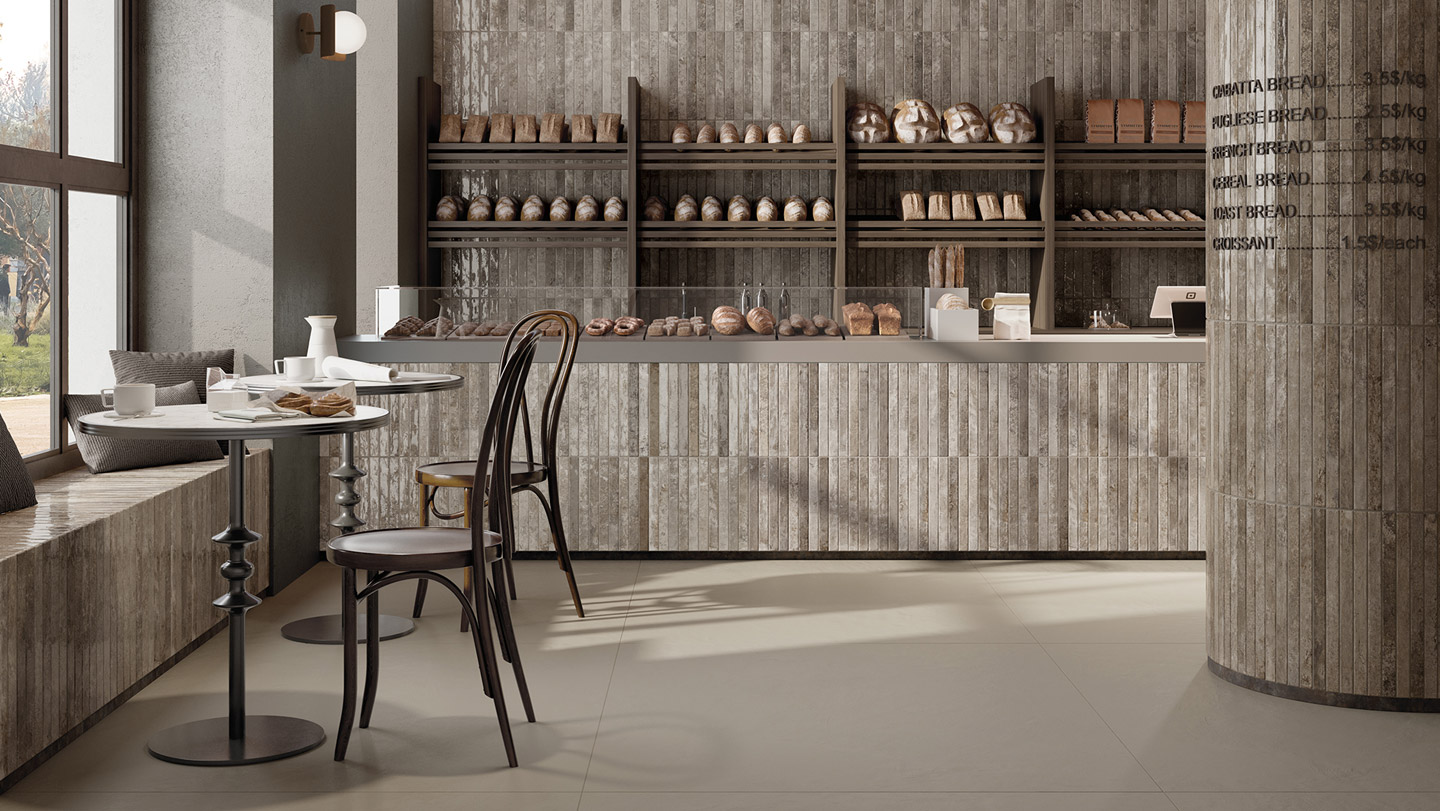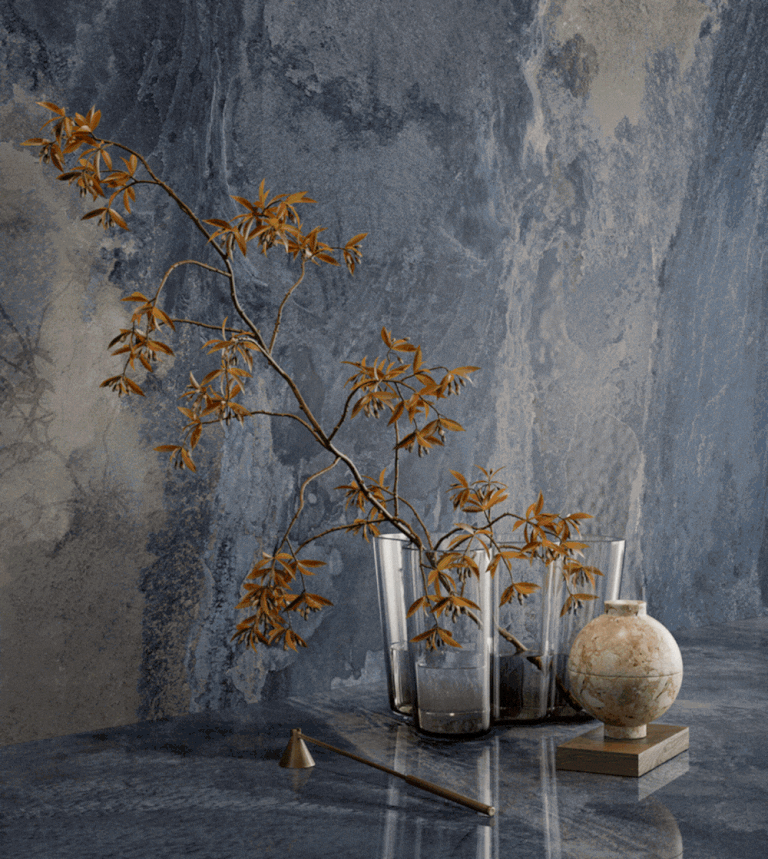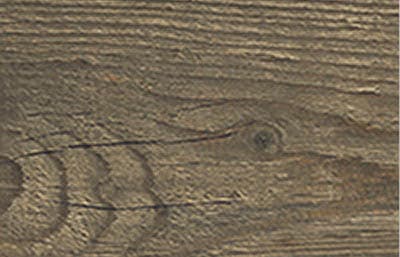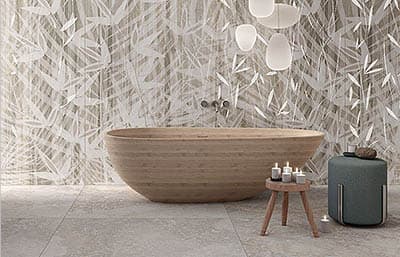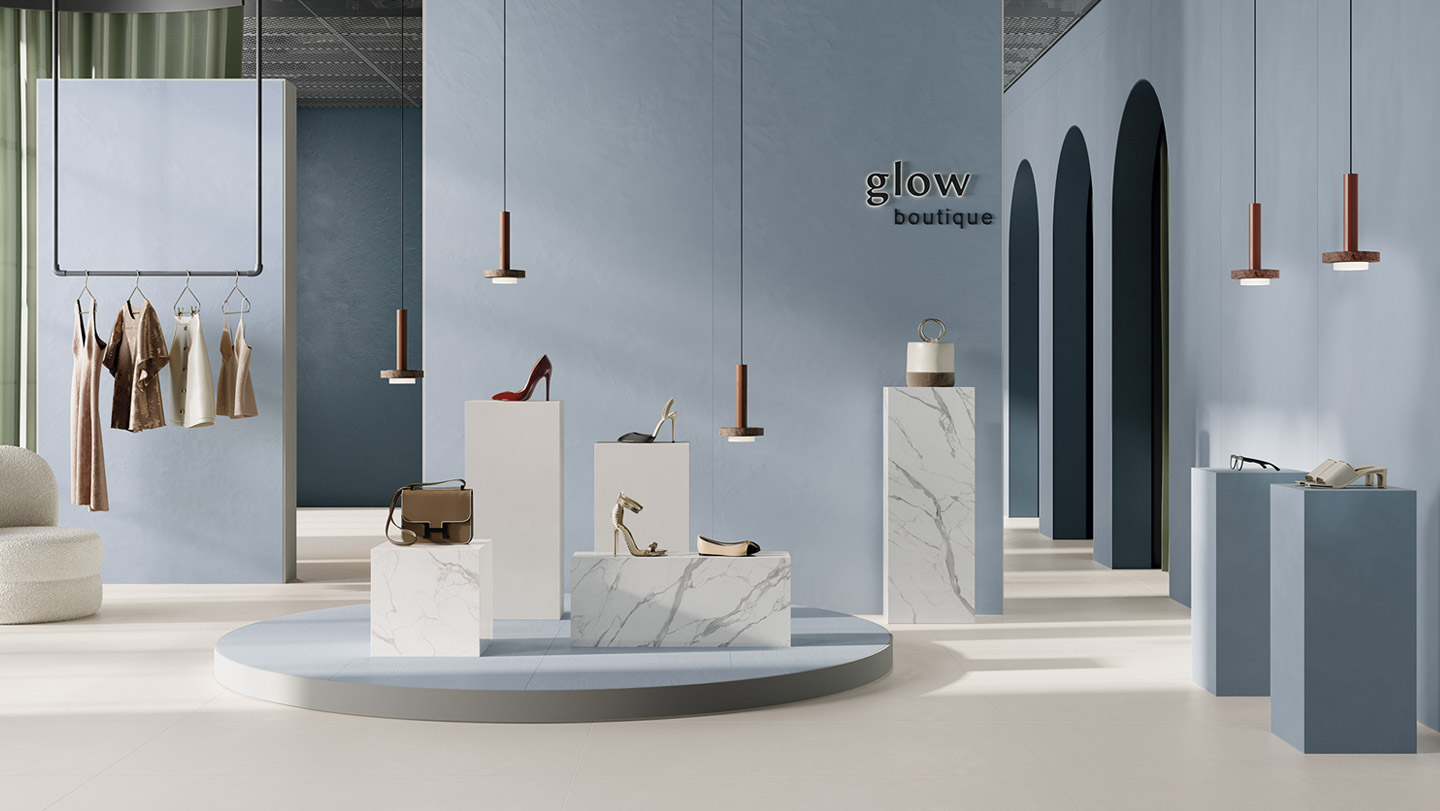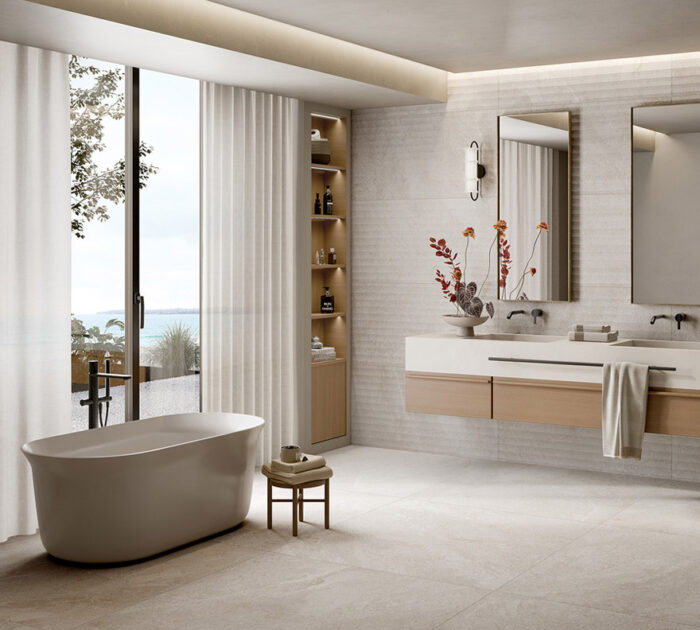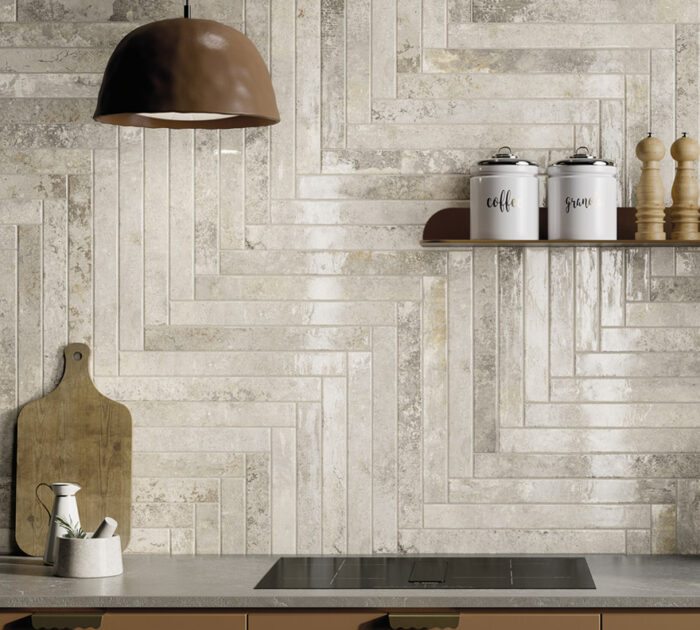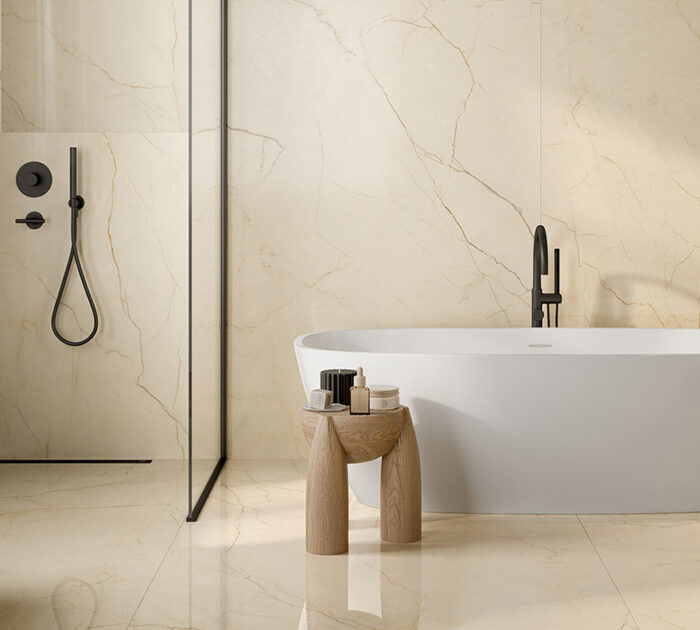The Aesthetics of Industrial Style: Between Pop Art and American TV Series
Pop Art and Industrial Style: A Winning Combination
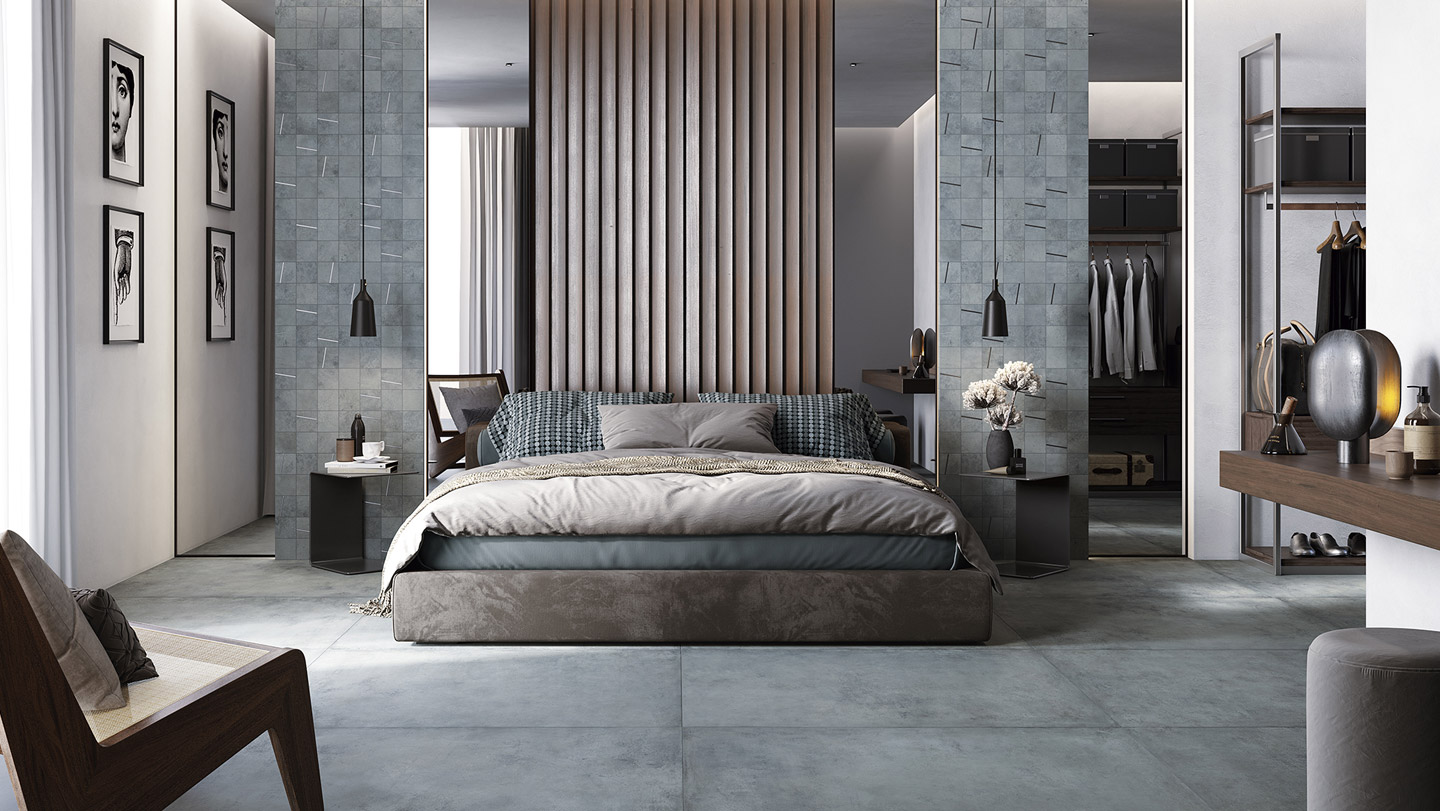
Andy Warhol’s Factory and Its Visual Influence
The Spread of Pop Art through Lichtenstein and Haring
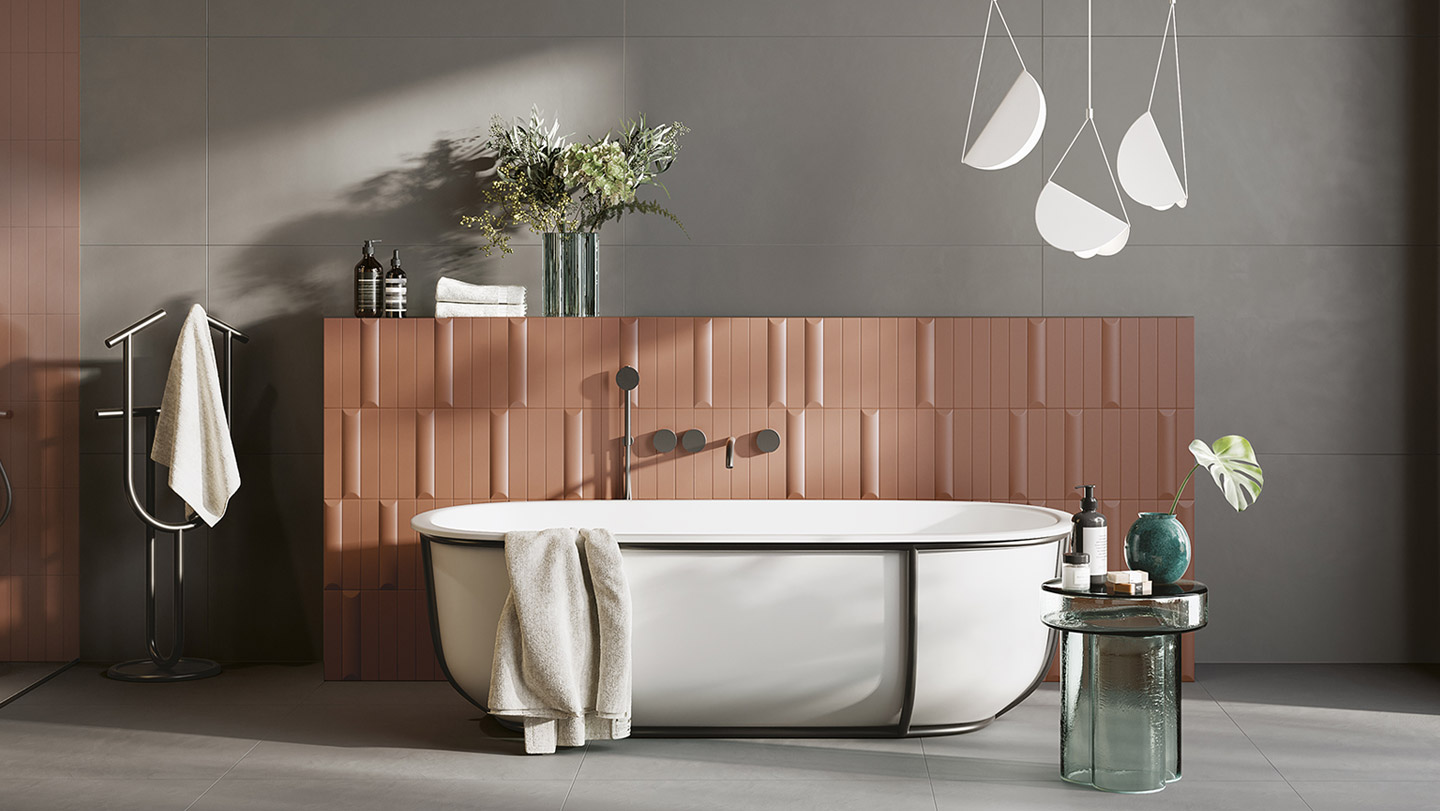
Industrial Furnishing: The Style’s Features
- Open space areas: industrial-style apartments are often large, airy open spaces with few dividing walls. Living area, kitchen, and sometimes the bedroom coexist in a single space.
- Exposed raw materials: bricks, concrete, and metal take center stage. Exposed brick or raw concrete walls, concrete or worn wood floors, exposed pipes and metal beams give that “unfinished” character typical of the style.
- Neutral palette and dark tones: the predominant colors in industrial furnishings are neutral and earthy. Cement gray, rust brown, iron black, and off-white dominate the space.
- Functional and vintage furniture: the industrial style loves vintage and reclaimed objects. Retro-look metal furniture, lockers that seem to come from an old workshop, solid wood tables with cast iron wheels, lab stools, old tin advertising signs, factory pendant lamps with large filament bulbs.
- Workshop lighting: important for recreating the atmosphere. Large metal pendant lamps, repurposed theater spotlights, hydraulic pipe wall lights are part of the aesthetic. The light is warm but direct, highlighting the rough textures of the surfaces.
The Role of Colors and Pop Icons in Industrial Spaces
How to Furnish an Industrial Living Room with Pop Art Touches
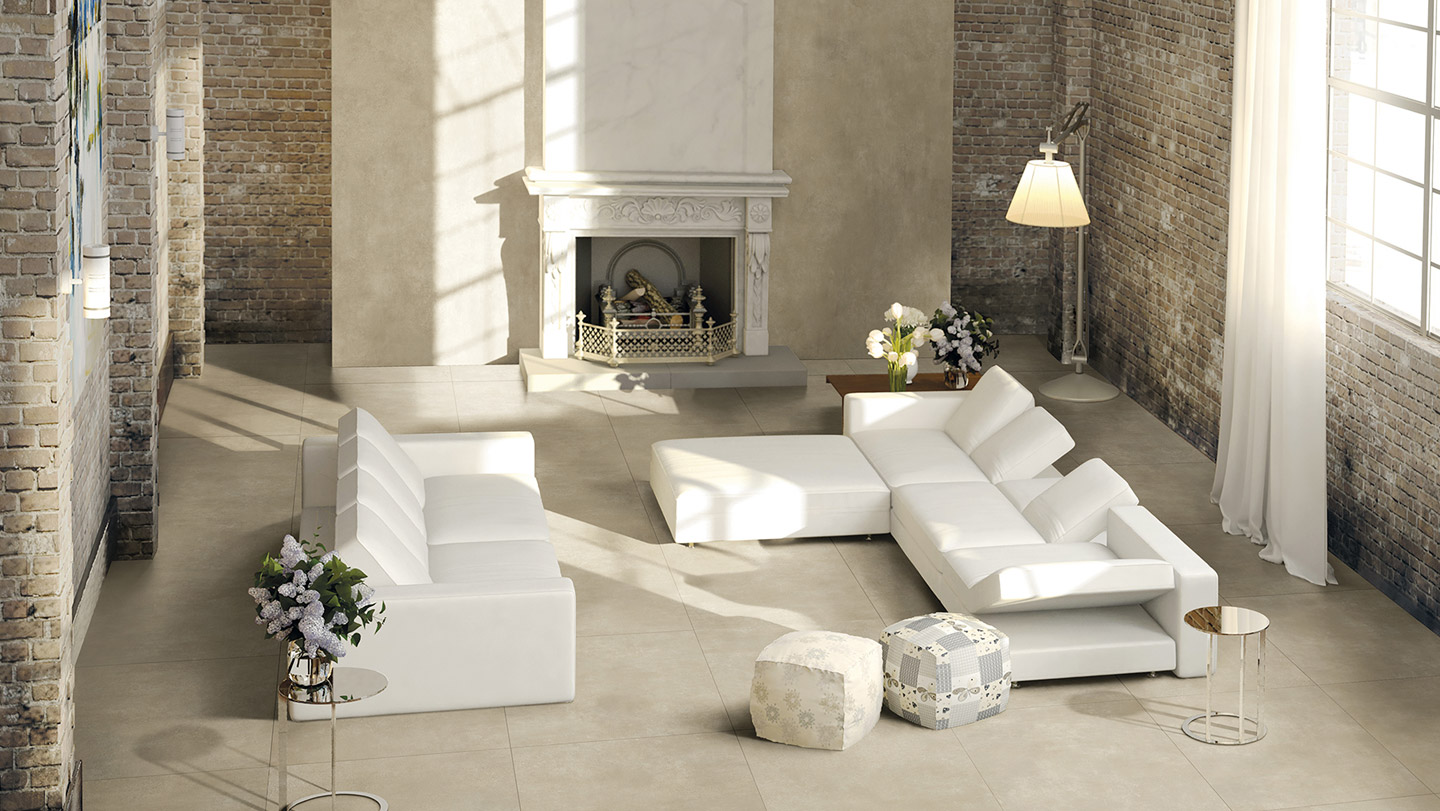
The Aesthetic Imagination of American TV Series
Between the 1980s and 1990s, many American TV series helped spread a distinctive aesthetic imagery that mixes urban environments, Pop Art, and industrial style, captivating international audiences.
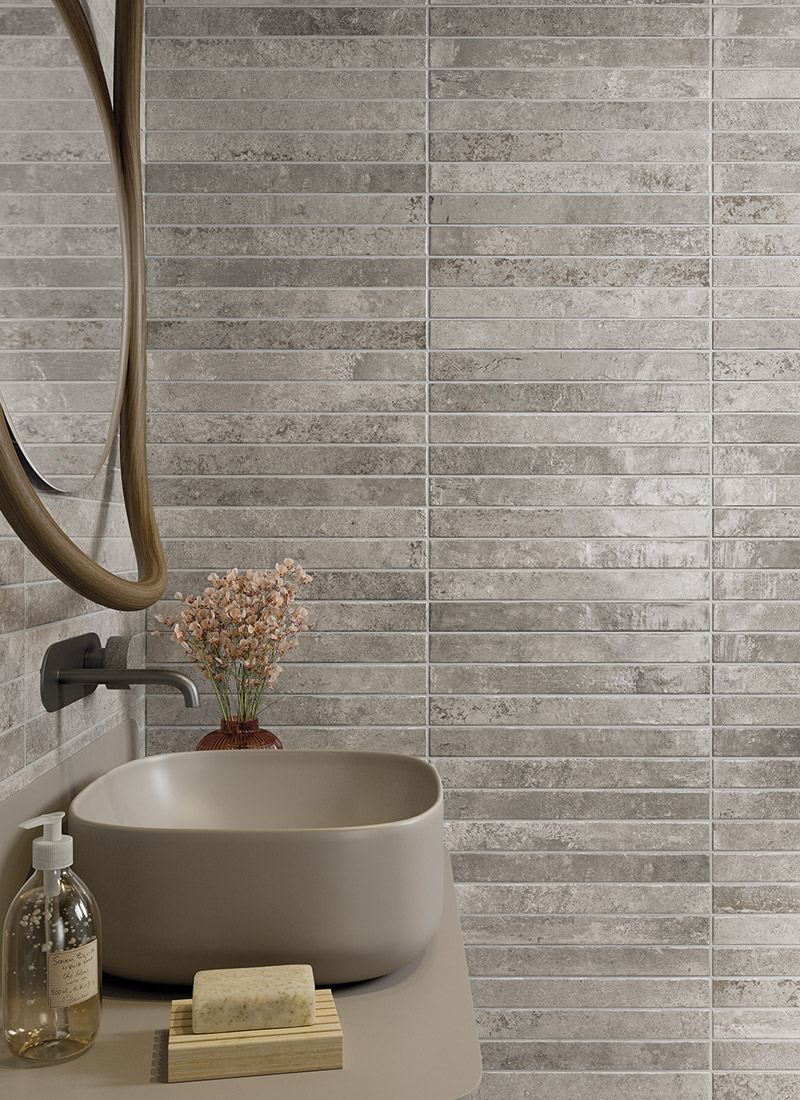
Miami Vice
Think of Miami Vice: the series was famous for its pastel and neon color palette, interiors with Art Deco details, and neon lights that bathed Miami’s night scenes in pink and blue. Its visual impact – from flashy sports cars to bright signs – popularized bold decorative elements like neon, which were later adopted in industrial chic contexts.
Moonlighting
On the other hand, Moonlighting (also known in Italy as Agenzia Blue Moon) brought a mix of elegance and modernity to the screen: Maddie Hayes’s detective agency featured contemporary-looking offices, with large urban windows and sometimes modern artworks on the walls.
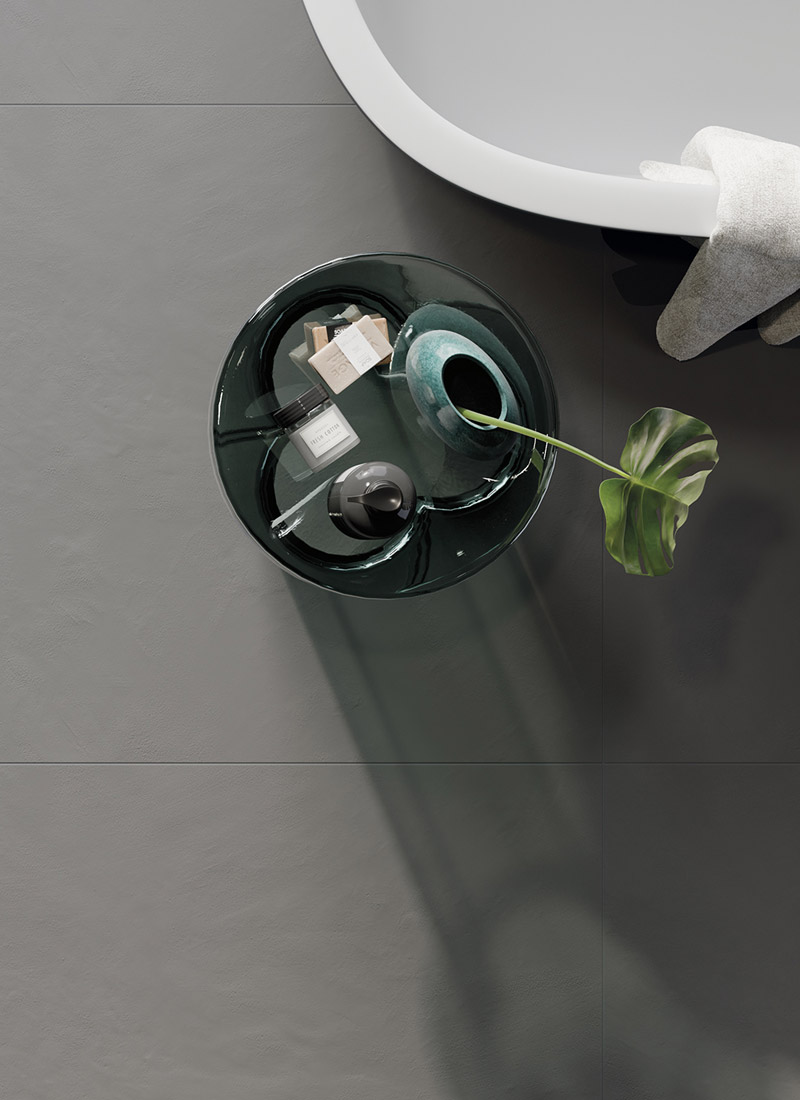
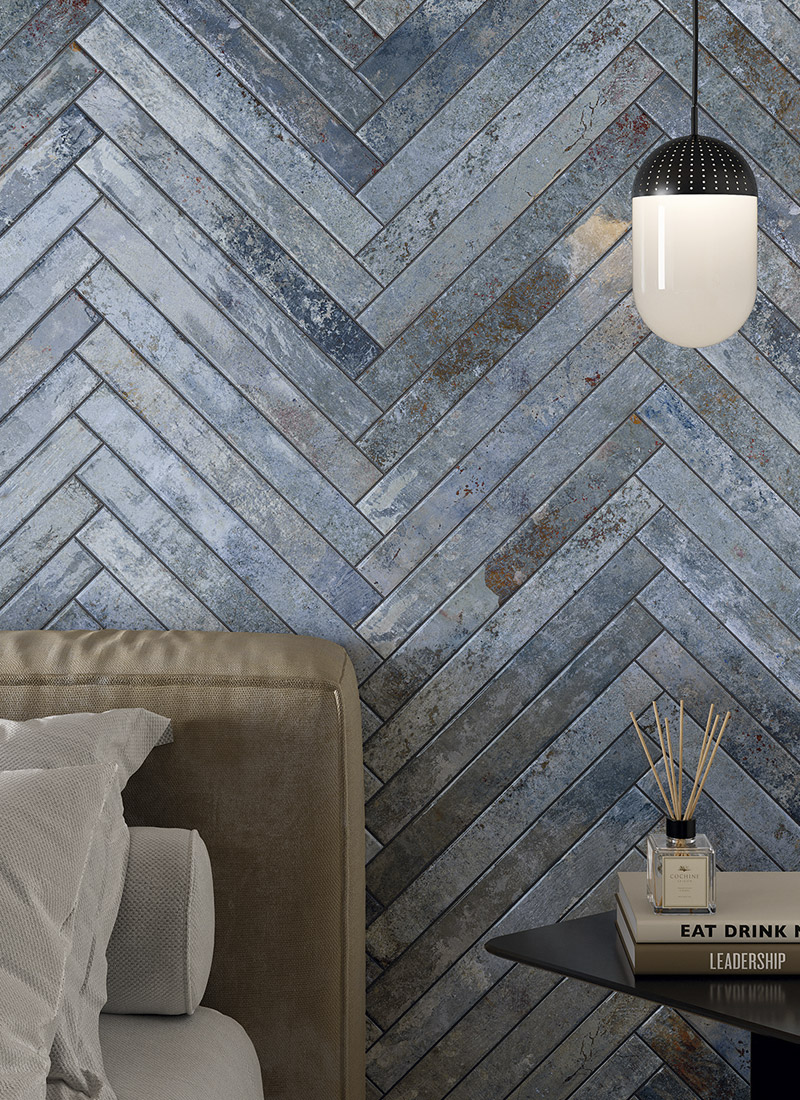
Magnum P.I.
Ceramics and Industrial Style: Textures and Surfaces That Tell a Story
